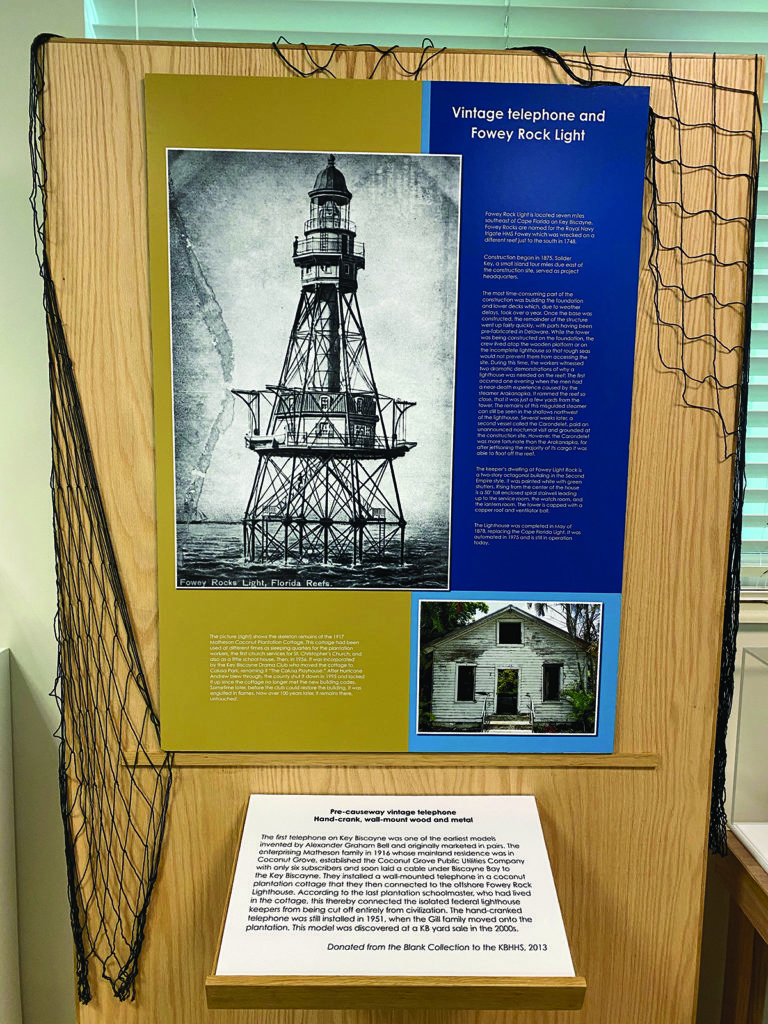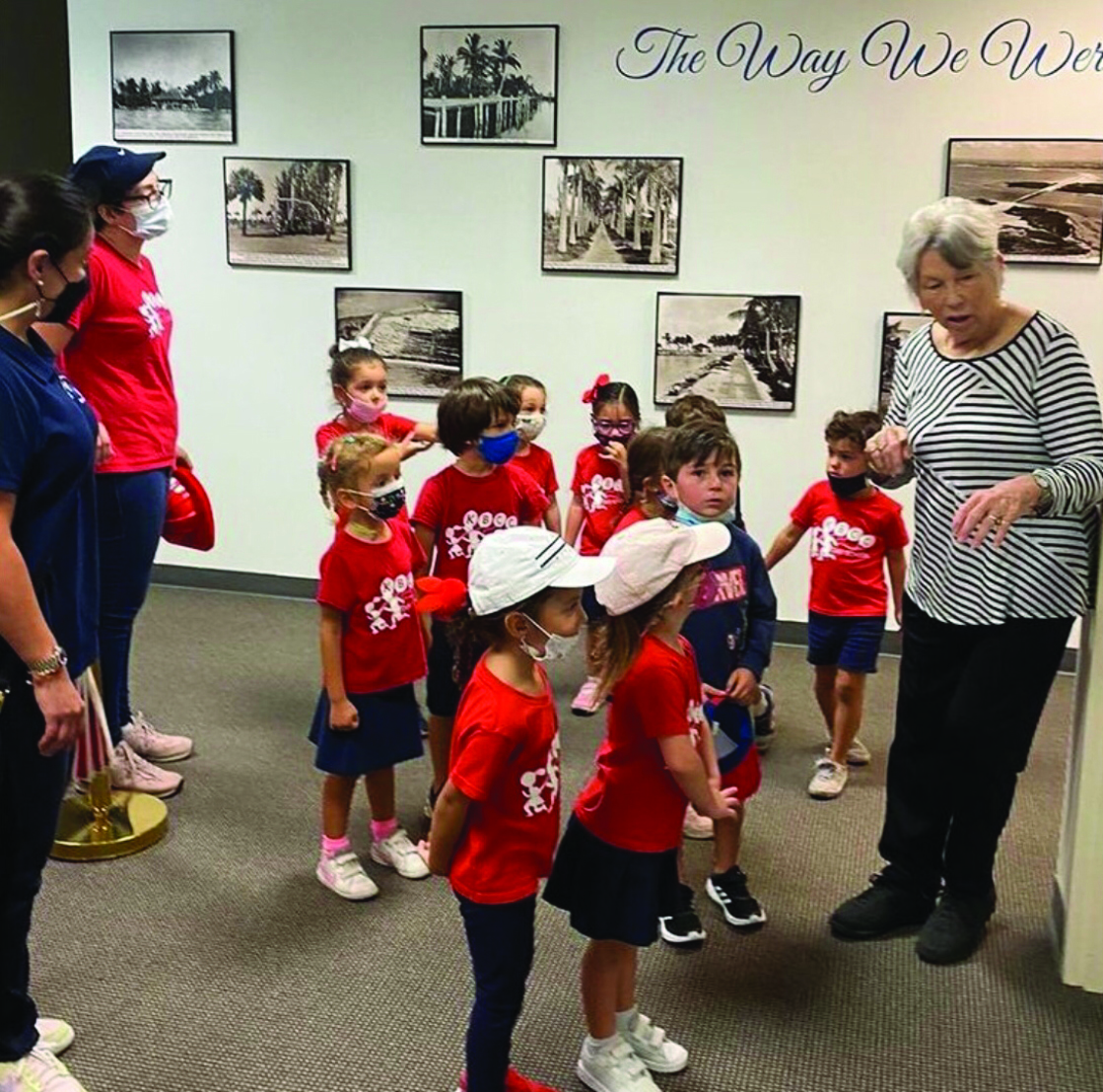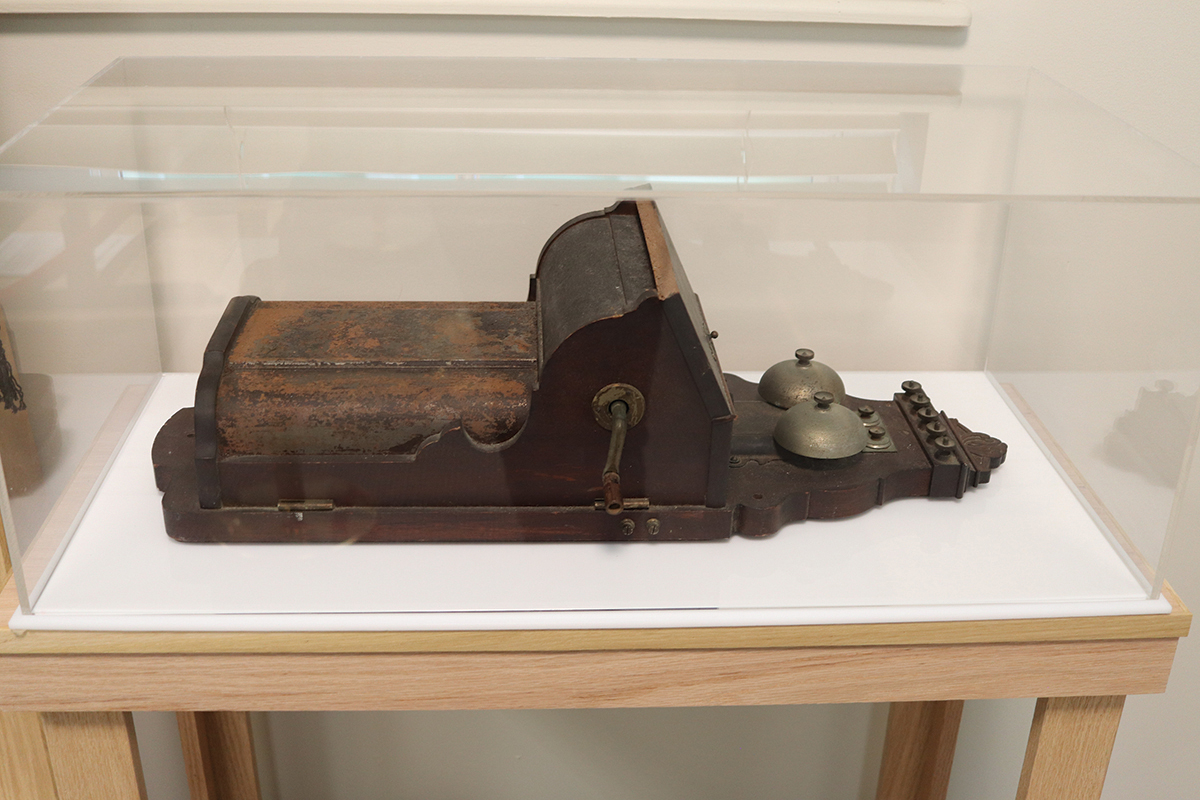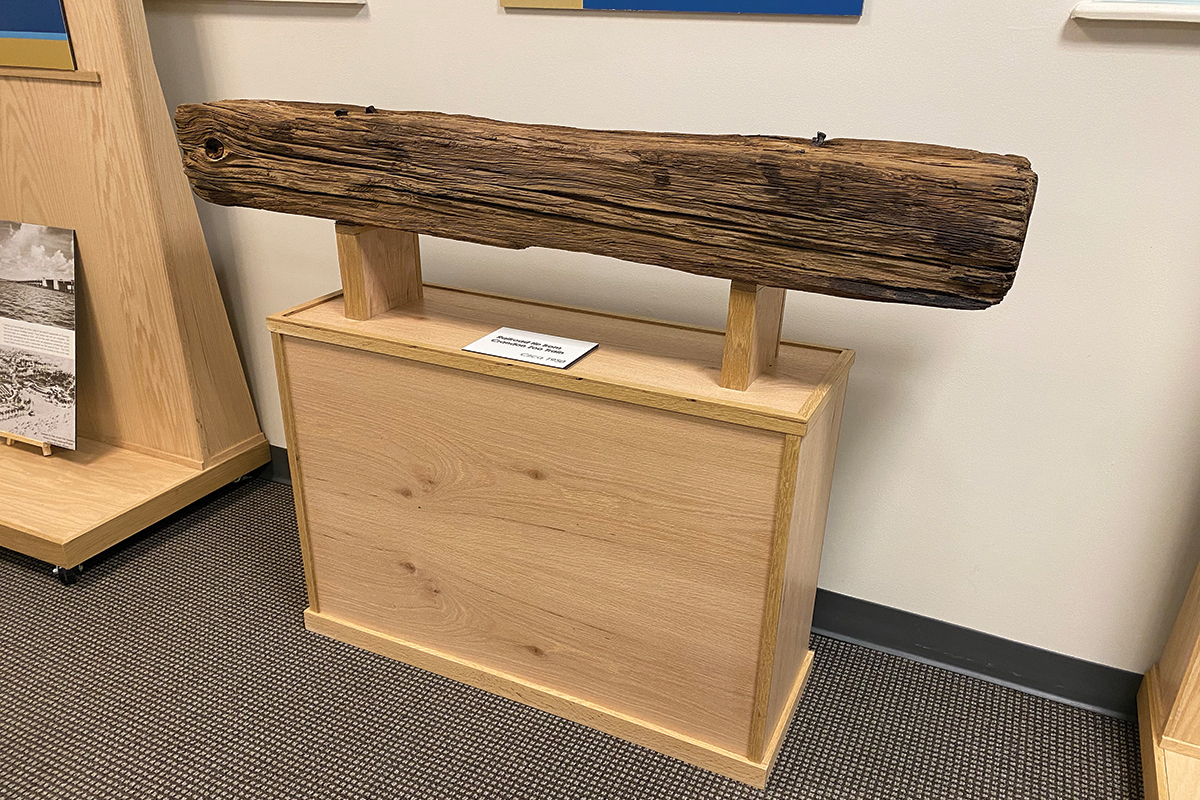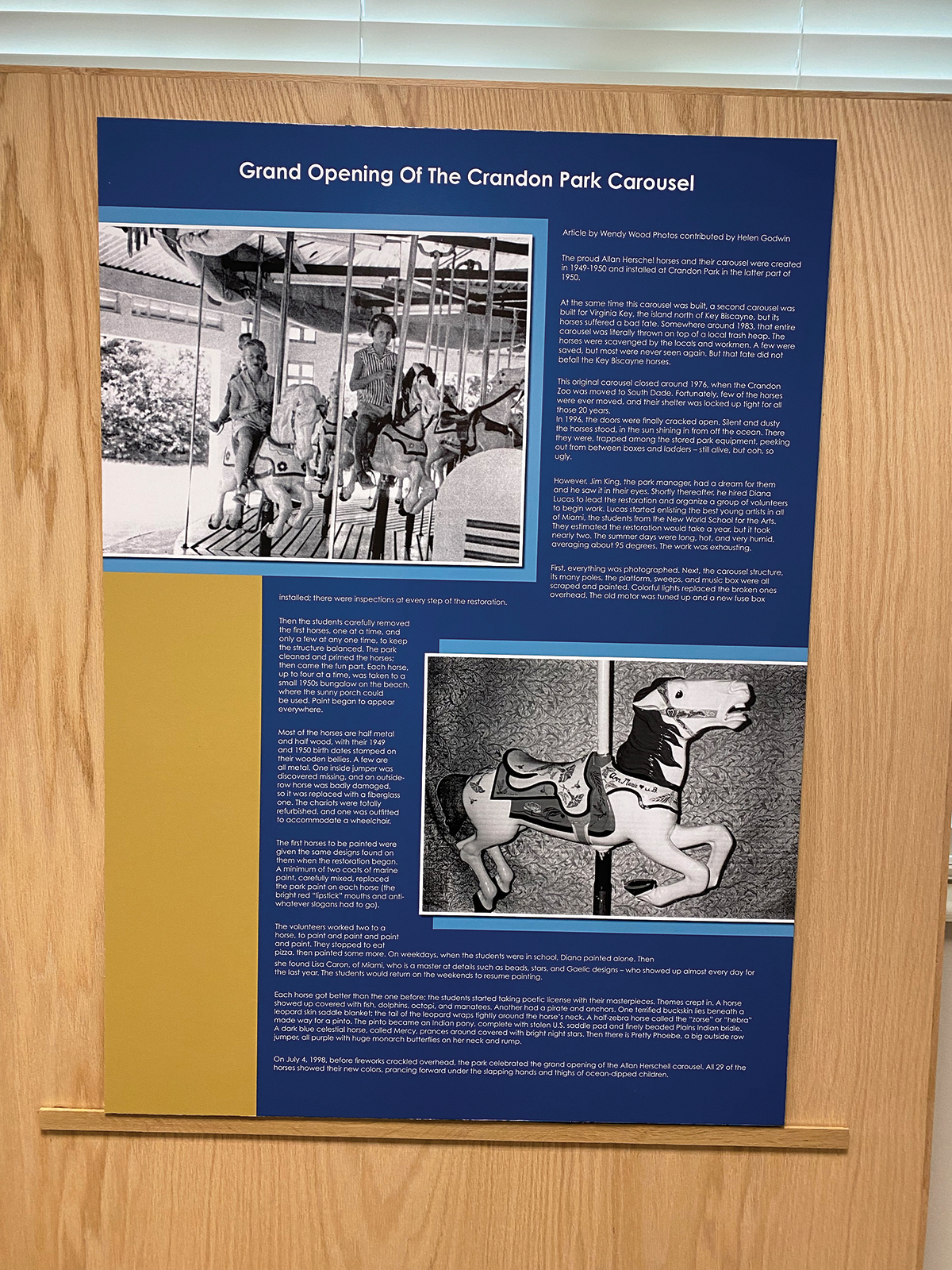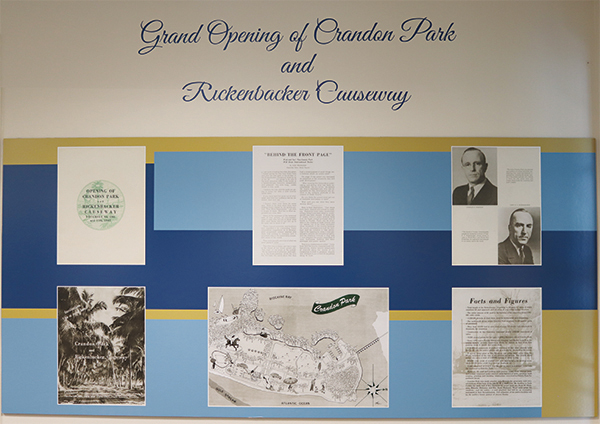An Encounter With The Key Biscayne Historical
And Heritage Society
By Frank Caplan, Ann Taintor and Nora Camejo
In collaboration with the Key Biscayne Lion Club, for the permanent collections
of the Key Biscayne Historical and Heritage Society and the Key Biscayne Lions Club
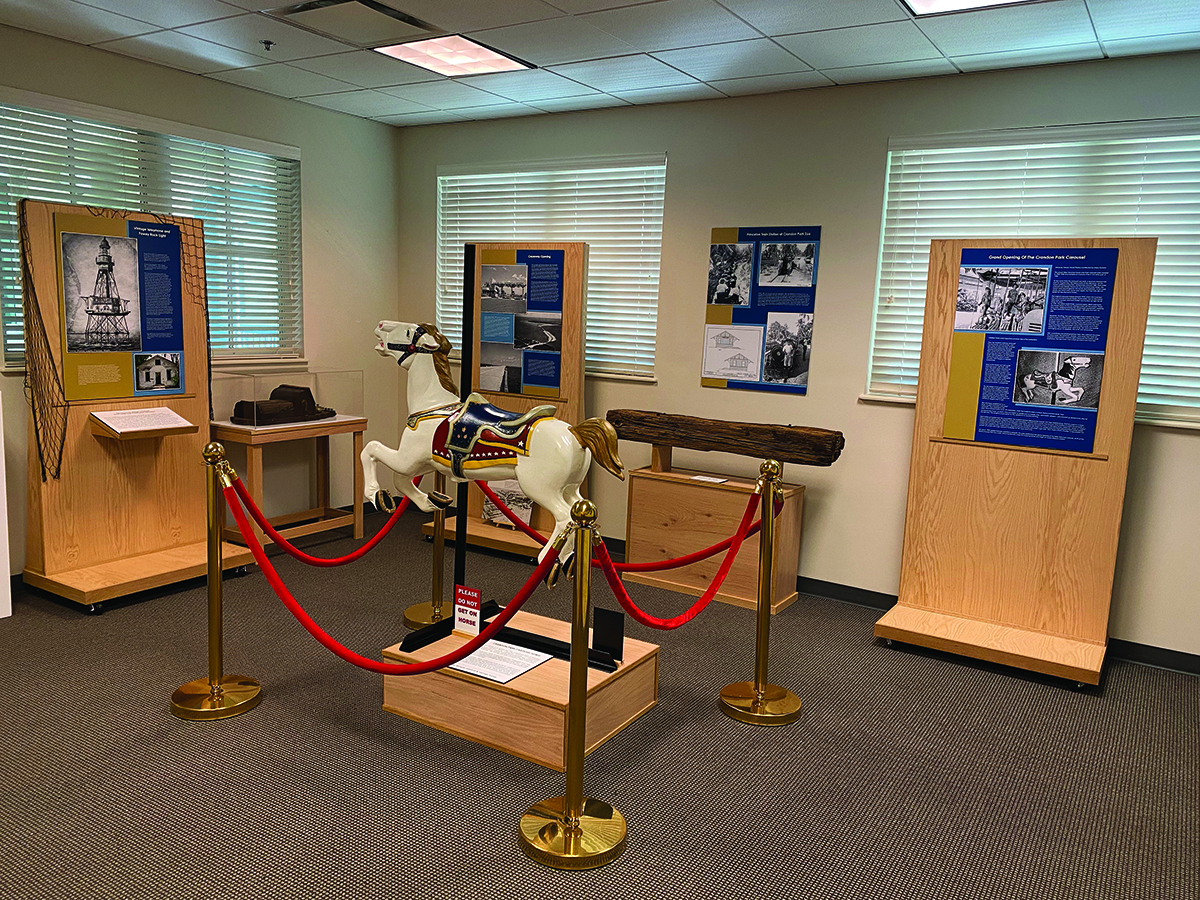
Anecdotes and Artifacts
Anecdotes and artifacts help to personalize the past; to make history accessible, understandable, interesting. It’s always a good time to reflect on this truth, especially now as June 2021 marked the 30th anniversary of incorporation of the Village of Key Biscayne. The community-wide celebrations for this milestone anniversary were suspended due to COVID-precautions. COVID protectiveness notwithstanding, this most recent anniversary spawned a good deal of reflection about the arc of history in our community, as anniversaries tend to do. We’re always in the midst of change, even as we’re anchored in sustaining ways by our Island heritage. Our traditions, the strength of our institutions and clubs, the binding ties of community help keep us oriented; help keep us true to who we are.
For a small island, Key Biscayne’s history is comparatively ancient, rich, interesting, and well-documented. There are so many stories, so many photos and maps and deeds and records, one would think there’s not much left to discover about this little speck of sand in the vast world. But that would be to misconstrue history as received truth; frozen and intact, when in fact history involves exploration; an organic ongoing process of preservation and discovery.
Exploration and Dissemination
Enter the Key Biscayne Historical and Heritage Society. Founded in 2007, the Historical Society emerged from the Key Biscayne American Legion’s interest in sponsoring a series of historical lectures. That effort, and similar seed work by others, spawned recognition that Key Biscayne had a unique and colorful history, and a host of avocational historians armed with a lot of good stories, not to mention quite an ad hoc collection of curiosities. A group of volunteers, led by Bob Bristol, Dr. Bob Maggs, and Ed Meyer, formed the Society as a non-profit entity, appointed a board, and began to assemble and preserve a treasure trove of photographs, news clippings, and all manner of materials. High interest in local lore fed the mission and Society membership grew as social and substantive gatherings garnered ever-broader community participation. As the Society matures, archiving, curating, presenting and programming are becoming more ambitious and sophisticated.
True to its mission statement, the Society is active in collecting, preserving, interpreting and displaying photographs, documents, artifacts, artworks, biographies, oral histories, legends, memorabilia and information of historical, cultural or environmental significance to Key Biscayne. The Historical Society endeavors to stimulate community interest and civic engagement through a variety of programming, including lectures, videos, publications and social gatherings built around relevant topics. The resulting products and activities place our local history in broader context, helping newcomers become grounded in this special place, and old-timers to reminisce and celebrate, and encouraging public participation and healthy civic engagement; all worthy goals.



